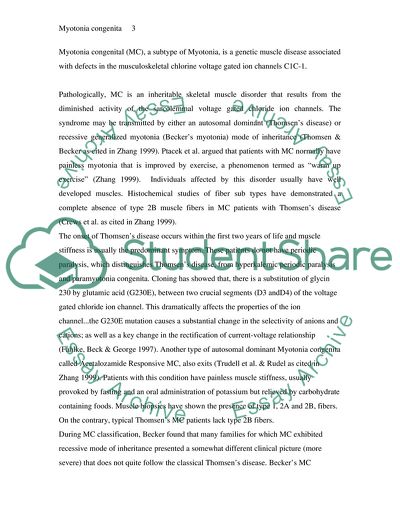Cite this document
(Structure and Function of the Chloride Channel: Myotonia Congenita Term Paper Example | Topics and Well Written Essays - 2000 words, n.d.)
Structure and Function of the Chloride Channel: Myotonia Congenita Term Paper Example | Topics and Well Written Essays - 2000 words. https://studentshare.org/biology/1762693-ion-channel-disease-channelopathy-myotonia-congenita
Structure and Function of the Chloride Channel: Myotonia Congenita Term Paper Example | Topics and Well Written Essays - 2000 words. https://studentshare.org/biology/1762693-ion-channel-disease-channelopathy-myotonia-congenita
(Structure and Function of the Chloride Channel: Myotonia Congenita Term Paper Example | Topics and Well Written Essays - 2000 Words)
Structure and Function of the Chloride Channel: Myotonia Congenita Term Paper Example | Topics and Well Written Essays - 2000 Words. https://studentshare.org/biology/1762693-ion-channel-disease-channelopathy-myotonia-congenita.
Structure and Function of the Chloride Channel: Myotonia Congenita Term Paper Example | Topics and Well Written Essays - 2000 Words. https://studentshare.org/biology/1762693-ion-channel-disease-channelopathy-myotonia-congenita.
“Structure and Function of the Chloride Channel: Myotonia Congenita Term Paper Example | Topics and Well Written Essays - 2000 Words”. https://studentshare.org/biology/1762693-ion-channel-disease-channelopathy-myotonia-congenita.


